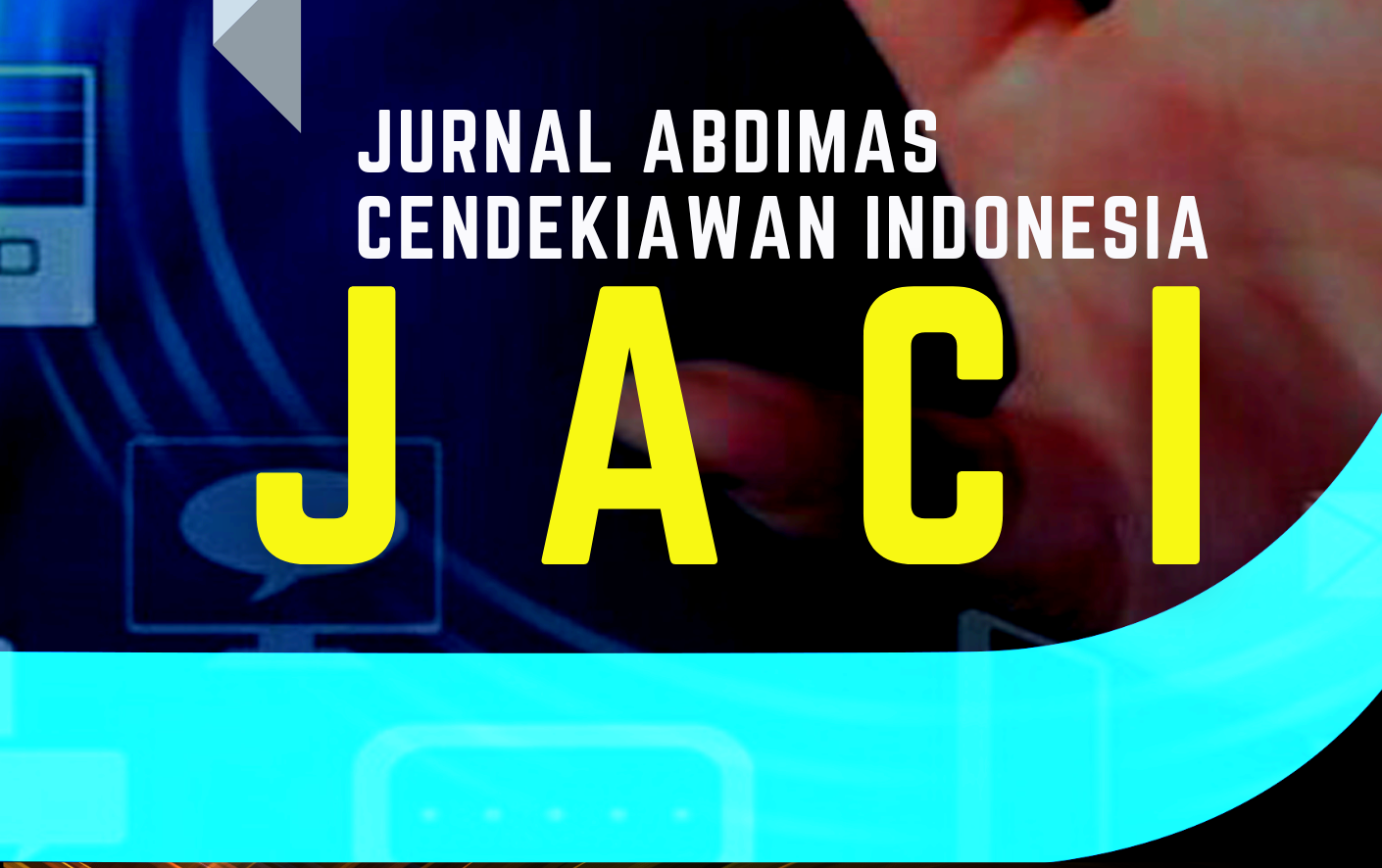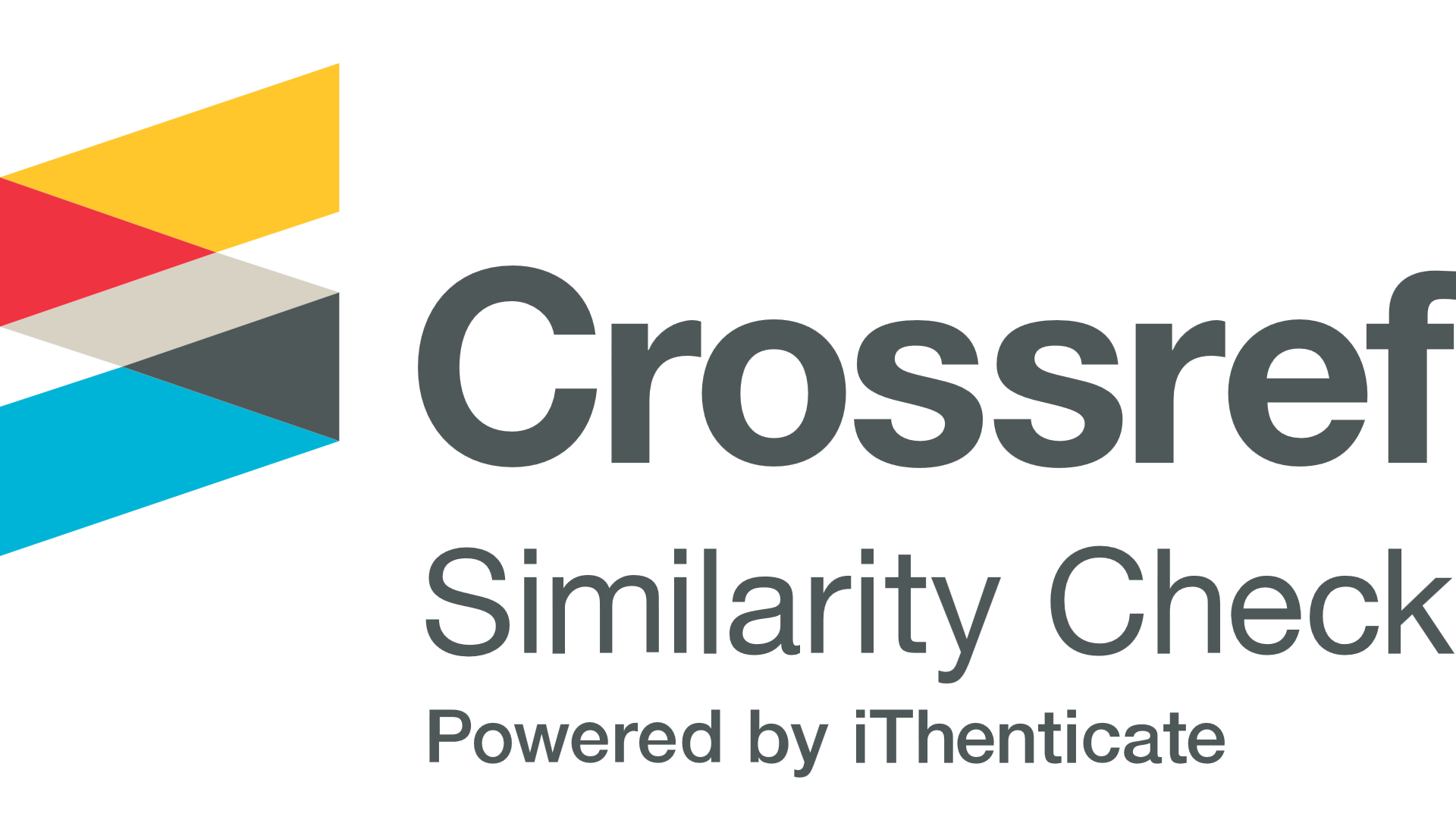Empowering Digital Philanthropy through the Development of a Social Media Application for Cross-Country Donations at PT. Lasari Kopi
Keywords:
Social Media Application, Social Donation, Flutter, PT. Lasari Kopi, Digital Philanthropy https://doi.org/10.56134/jaci.v2i3.147
https://doi.org/10.56134/jaci.v2i3.147
Abstract
The rapid advancement of digital technology has changed how people interact and collaborate, positioning social media as a strategic medium for social engagement and humanitarian action. This community service project was conducted at PT. Lasari Kopi Makassar, aims to develop a social-media-based application for cross-country social donations that integrates technology, transparency, and social participation. Using a Research and Development (R&D) approach, the project began with a needs analysis involving interviews and surveys of employees, community partners, and digital volunteers. The data were used to design the application’s main features, including segmented registration, campaign creation, and integration with secure cross-border payment systems. The application was built using the Flutter multiplatform framework to ensure responsive performance across devices. Testing was carried out directly at PT. Lasari Kopi’s Digital Innovation Division served as the pilot site for training and user trials. The results show that the application effectively facilitated donation activities, simplified user access through a login-optional interface, and encouraged social participation through interactive campaign and collaboration features. Participants reported positive experiences regarding usability, security, and transaction flexibility. This program demonstrates the synergy between academia and industry in applying digital innovation to social empowerment. The collaboration with PT. Lasari Kopi illustrates how technology can support corporate social responsibility (CSR) initiatives and strengthen the culture of giving. The developed application has strong potential to become a scalable solution for promoting digital philanthropy and global social solidarity in the modern era.
References
Agustina, A. P. (2023). Perubahan pola komunikasi keluarga di era digital. Global Komunika, 6(2), 73–80. https://doi.org/10.33822/gk.v6i2.6498
Almaghrabi, A., & Alhogail, A. (2022). Blockchain-based donations traceability framework. Journal of King Saud University – Computer and Information Sciences, 34(10), 9442–9454. https://doi.org/10.1016/j.jksuci.2022.09.021
Alyusi, S. D. (2019). Media sosial: Interaksi, identitas dan modal sosial. Prenada Media.
Andzani, D. (2023). Dinamika komunikasi digital: Tren, tantangan, dan prospek masa depan. Jurnal Syntax Admiration, 4(11), 1964–1976. https://doi.org/10.46799/jsa.v4i11.743
Anzani, S., Sabrina, C., & Harahap, H. S. (2024). Media sosial sebagai sarana publikasi dan promosi kemanusiaan di era digital. Arini: Jurnal Ilmiah dan Karya Inovasi Guru, 1(2), 115–127.
Arianto, B., & Handayani, B. (2023). Media sosial sebagai saluran komunikasi. [Unpublished manuscript].
Cahyono, A. S. (2016). Pengaruh media sosial terhadap perubahan sosial masyarakat di Indonesia. Jurnal Ilmu Sosial dan Humaniora, 5(2), 140–153.*
Ellison, N. B., & boyd, d. m. (2013). Sociality through social network sites. In W. H. Dutton (Ed.), The Oxford handbook of internet studies (pp. 151–172). Oxford University Press. https://doi.org/10.1093/oxfordhb/9780199589074.013.0008
Fajriah, T., & Ningsih, E. R. (2024). Pengaruh teknologi komunikasi terhadap interaksi sosial di era digital. Merdeka Indonesia Jurnal International, 4(1), 149–158.
Fauzy, A., & Ratnawati, E. (2024). Dampak sosial media terhadap perubahan sosial di masyarakat. Jurnal Intelek dan Cendikiawan Nusantara, 1(6), 10571–10581.
Haryono, H. F., & Hum, S. (2018). Pengaruh internet dan media sosial terhadap pola perilaku komunikasi di masyarakat. Surabaya: Universitas Dr. Soetomo Press.
Humas. (2025). Mengurai permasalahan birokrasi dalam pengelolaan program bantuan sosial. Seputar Birokrasi. https://seputarbirokrasi.com/mengurai-permasalahan-birokrasi-dalam-pengelolaan-program-bantuan-sosial
Kaplan, A. M., & Haenlein, M. (2010). Users of the world, unite! The challenges and opportunities of social media. Business Horizons, 53(1), 59–68. https://doi.org/10.1016/j.bushor.2009.09.003
Khaulah, K. A., & Sekartaji, S. (2022). Pemanfaatan media sosial sebagai sarana penggalangan dana oleh lembaga non-profit. Communicator Sphere, 2(2), 90–108.
Kietzmann, J. H., Hermkens, K., McCarthy, I. P., & Silvestre, B. S. (2011). Social media? Get serious! Understanding the functional building blocks of social media. Business Horizons, 54(3), 241–251. https://doi.org/10.1016/j.bushor.2011.01.005
Lestari, S. A. C., Agustin, N. P., & Ardina, R. E. (2023). Peran media sosial dalam pertukaran sosial remaja di media sosial. PESHUM: Jurnal Pendidikan, Sosial dan Humaniora, 3(1), 83–98. https://doi.org/10.56799/peshum.v3i1.2490
Maulana, I. R. (2023). Kesenjangan sosial dalam distribusi kekayaan: Tantangan bagi pembangunan berkelanjutan. Literacy Notes, 1(2).
Mascrochah, S., Putra, Y. W. S., & Dirgantari, A. S. (2024). Perkembangan teknologi komunikasi. Cendikia Mulia Mandiri.
Nadkarni, A., & Hofmann, S. G. (2012). Why do people use Facebook? Personality and Individual Differences, 52(3), 243–249. https://doi.org/10.1016/j.paid.2011.11.007
Qadir, A., & Ramli, M. (2024). Media sosial: Definisi, sejarah, dan jenis-jenisnya. Al-Furqan: Jurnal Agama, Sosial dan Budaya, 3(6), 2713–2724.
Randyca, P., Xaverius, F., Pernando, P., & Janson, C. (2024). Media sosial sebagai sarana komunikasi massa dan partisipasi politik masyarakat. ULIL ALBAB: Jurnal Ilmiah Multidisiplin, 1(2), 45–55.*
Rantona, S., Solihin, O., & Abdullah, A. Z. (2024). Digitalisasi komunikasi: Dinamika teori dan transformasi di era digital. Mimbar Administrasi, 21(1), 407–419. https://doi.org/10.56444/mia.v21i1.2162
Safitri, V. A., Sari, L., & Gamayuni, R. R. (2020). Research and development (R&D), environmental investments, to eco-efficiency, and firm value. The Indonesian Journal of Accounting Research, 22(3). https://doi.org/10.33312/ijar.446
Saputra, A. M. A., Kharisma, L. P. I., Rizal, A. A., Burhan, M. I., & Purnawati, N. W. (2023). Teknologi informasi: Peranan TI dalam berbagai bidang. PT Sonpedia Publishing Indonesia.
Sinambela, S. M., Saragih, M. D., Lumbantobing, J. N. Y., Lase, M., & Iqbal, M. (2025). Dinamika kebudayaan dan perubahan sosial dalam masyarakat modern. Katalis Pendidikan: Jurnal Ilmu Pendidikan dan Matematika, 2(2), 65–75. https://doi.org/10.55606/jubpi.v2i3.3002
Suhendra, S., & Selly Pratiwi, F. (2024). Peran komunikasi digital dalam pembentukan opini publik: Studi kasus media sosial. IAPA Proceedings Conference, 293–301. https://doi.org/10.30589/proceedings.2024.1059
Tabrani, M., Suhardi, S., & Nurrahman, D. (2023). Pemanfaatan media sosial sebagai platform informasi berbasis digital. PRAWARA Jurnal Abdimas, 2(4), 129–135.
Usman, I. (2025). Sosialisasi pemanfaatan media sosial sebagai sarana interaksi belajar siswa di sekolah menengah. Jurnal Pengabdian Masyarakat (J-AbMas), 1(1), 36–43.
Van Dijck, J. (2013). The culture of connectivity: A critical history of social media. Oxford University Press. https://doi.org/10.1093/acprof:oso/9780199970773.001.0001
Waruwu, M. (2024). Metode penelitian dan pengembangan (R&D): Konsep, jenis, tahapan dan kelebihan. Jurnal Ilmiah Profesi Pendidikan.
Yanti, N. (2023). Teknologi dan perubahan sosial: Dampak revolusi digital terhadap pola interaksi manusia. Literacy Notes, 1(2).
Zempi, C. N., Kuswanti, A., & Maryam, S. (2023). Analisis peran media sosial dalam pembentukan pengetahuan politik masyarakat. Ekspresi dan Persepsi: Jurnal Ilmu Komunikasi, 6(1), 116–123. https://doi.org/10.33822/jep.v6i1.5286
Published
How to Cite
Issue
Section
Copyright (c) 2025 Muh Riyaldi Pratama, Neneng Awaliyah, Taufik Arsandi, Muhammad Irfan Bin Zulkifli, Akbar Hendra, Kamaruddin Kamaruddin

This work is licensed under a Creative Commons Attribution-NonCommercial-ShareAlike 4.0 International License.















